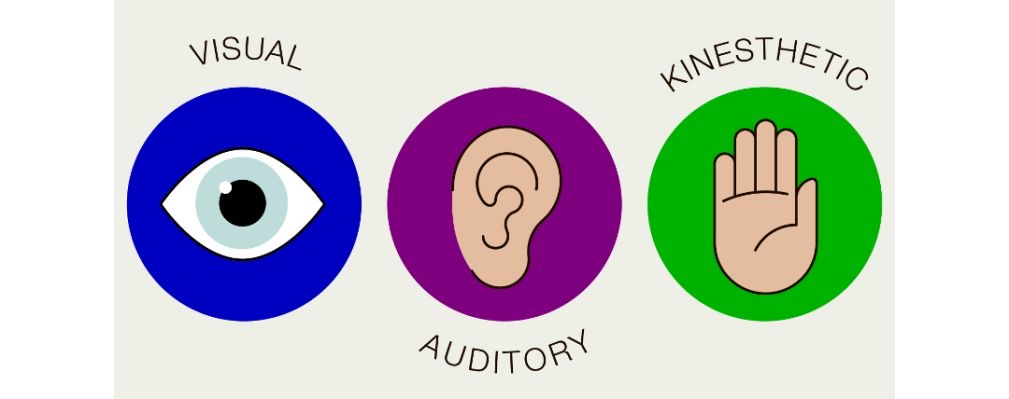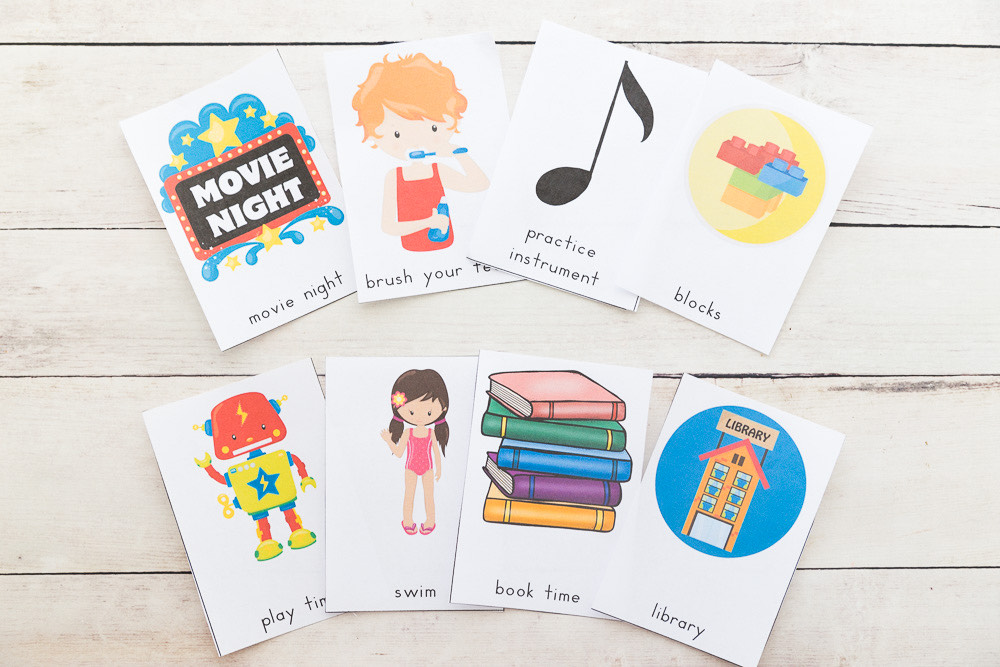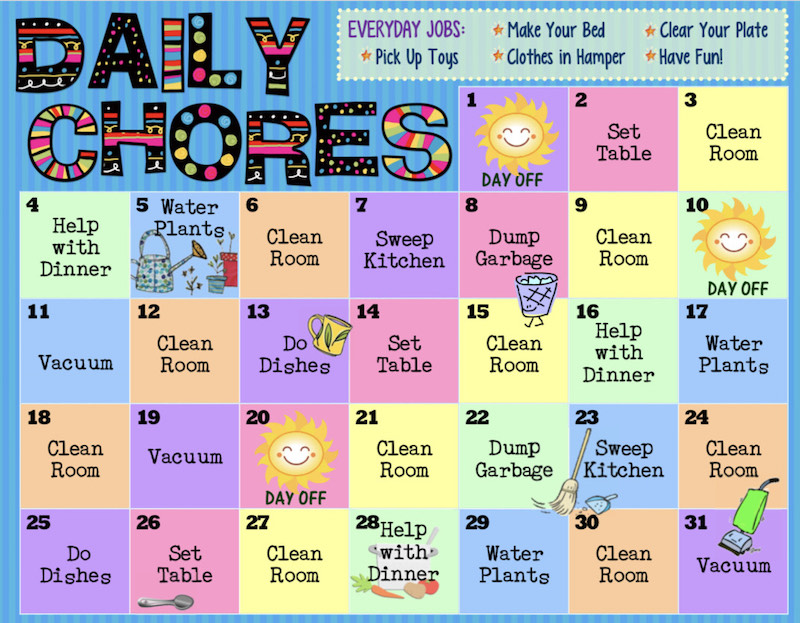It’s difficult enough having kids at home during the COVID-19 partial lockdown, but when you have a child who has learning challenges or special needs such as ADHD or Autism spectrum disorder, this can be an incredibly challenging time. Kids with learning challenges may need extra structure and support to manage both attention and behavior challenges as they have difficulty adjusting to changes in their routine.
How To Transition To Home Learning For A Learning Supported Child
“A child with ADHD often doesn’t deal well with uncertainty, long delay of gratification and not knowing when the activities they find more rewarding are going to occur.” notes David Anderson, PhD and clinical psychologist at The Child Mind Institute. It’s vital, especially with younger kids, to have a schedule that’s displayed somewhere in the home that shows exactly what they will be doing at certain times of the day. It’s also important to have discussed what support your child gets in the ordinary classroom so that you can maintain this continuity at home. Frequent and consistent communication with your child’s school teachers will be essential in ensuring a smooth transition and for maintaining support during these uncertain times where their anxiety will be at increased levels.
Questions To Ask Your Teacher Before or During Transition
- Am I aware of what particular type of learner my child is?
- What has worked for my child in the past when they needed to focus?
- How much assistance should I provide during homework?
- Who is in charge of monitoring assignment completions?
- What tasks can my child do alone (to give mum some time off)?

Questions To Ask Yourself Before or During Transition
- Who will my child stay with if I have to be quarantined (to be discussed openly and clearly with your child)?
- Do I have an emergency plan in place in case emergency staff have to come into your home in the event of an emergency? AUTISM HELP
- Which family or community member will check-in with me on a regular basis and what will they do if a check-in is missed?
Use Learning Bursts
Instead of creating a regular, full-day routine from 9am to 3pm, you could encourage learning bursts or “chunks.” Research shows that kids with ADHD and Autism work far more effectively when they work in chunks of learning time that is realistic for their unique attention spans. Ensure you set clear expectations in advance for how long each learning period will last and specifics on what they are expected to do during that time period. Then, follow through to see that your child has carried out the task as expected. Try to think about what motivates your kids the most and stagger the ‘nice activities’ in between the regular school learning lessons. Try to set the school learning and (probably less fun, or more intensive, activity first) followed by the more fun activity as a reward based incentive after.
For example, if they have to do a 45 minute school based lesson, encourage your child to complete the task and stay focused by explaining this will be followed by making a favorite snack together, playing a board game or having some outside time and going for a walk.
Use Positive Attention In A Big Way

We all know that positive attention is a huge motivator for any child and is a great way to influence kids behavior. With kids who have any type of learning challenge, it’s important to ensure the positive attention is as big and as powerful as possible. Kids with attentional issues and difficulties controlling their impulses need feedback – big feedback – in a positive way. Even if you have to correct a negative action, think about how you can do this in a more positive way, be specific and think about the tone of voice you use. Any child will respond more effectively to a mistake if it is explained in a gentle manner showing how they could have done something differently or brain storm together how they could have approached it differently. There’s a big difference when you say “Good job” to saying “Great job getting started on your task so fast.”

It’s also good to remember that at the moment with everyone being confined to the home, kids are going to be seeking your attention a lot more, which is challenging especially if you are having to work from home. An example of using attention as a reward could possibly be, “I have to work on the computer for an hour, but if you can complete your writing task while I’m working, then we can play a video game together after.” Importantly, make sure you follow through on any positive attention promises. This strategy will only work if your kids are sure that when your work time is finished you will actually step away from your computer or office and give them your attention. It’s so tempting when you are busy to make that reward screen time but really all your kids want is your attention, even if that means doing a chore or making lunch together.
The Importance Of Scheduling

Remember, kids who require extra help and attention need structure. Developing a defined schedule is important. Set a start time and have cues that the day has begun, like organising the materials for the lesson at a set time each day. Try to provide cues for different parts of the day, reach out for help from their usual caregivers or teachers to see what has worked for them inside their usual routines. An idea is to have visual schedules with pictures of what each part of the day represents, for example a book for “reading time” or pens and pencils for “writing time.” Ensure the schedule is in clear view, in an easily accessible place and guide your child through this each day.
If possible, try to have different zones for different activities: the living room table is for academic activities, the kitchen is for eating and the family area for your playtime. You can even place toys (regularly sanitised) in each area to indicate what they should be doing in that zone. Having physical reminders and prompts as well as incorporating movement from one place to another increases activity and makes it clear and easy to understand what the expectations are, when they are in that area.
A useful tip for kids with any learning challenge is to make visual drawings together as part of a fun activity. Make a traffic light saying “when Mum is on red she is working and not available but when Mum is on green, this is when we can play together.”
Practice Parent Self Care
If appropriate, try to coordinate the work and play time between Mum and Dad or another caregiver so that the attention and responsibility is shared. The goal is that, when you have to go back to work, the kids realise you will stick to your promises and this will sustain them to stay on their own tasks. Schedule in breaks for yourself, as taking care of a child 24/7 without the support of your school or community can be a huge responsibility and can create extra stress in an already stressful situation.
It will take time to settle into some kind of home schooling routine and keep the expectations minimal until you all settle into your own pace that works for everyone. Be mindful that kids with learning challenges are highly sensitive and this new normal routine will have completely thrown them out of balance and they look to you to be the anchor, now more than ever. It is especially difficult if their therapies or interventions have been paused so remember to reach out to experts in the community to assist or guide you if things become tough. It will be trial and error time, re-evaluate on a weekly or even daily basis if necessary and celebrate every goal achieved.
April is World Autism month and in order to understand Autism a little better we highly recommend watching Netflix’s ‘Atypical’, a coming of age story about a high schooler on the spectrum which explores his relationships with his family and friends. The book ‘The Reason I Jump’ is also a fantastic insight for parents/family members/friends of anyone on the spectrum. A fantastic free downloadable English/Thai book to help children with ADHD to better understand themselves is JJ’s SQUIGGLY MIND.














